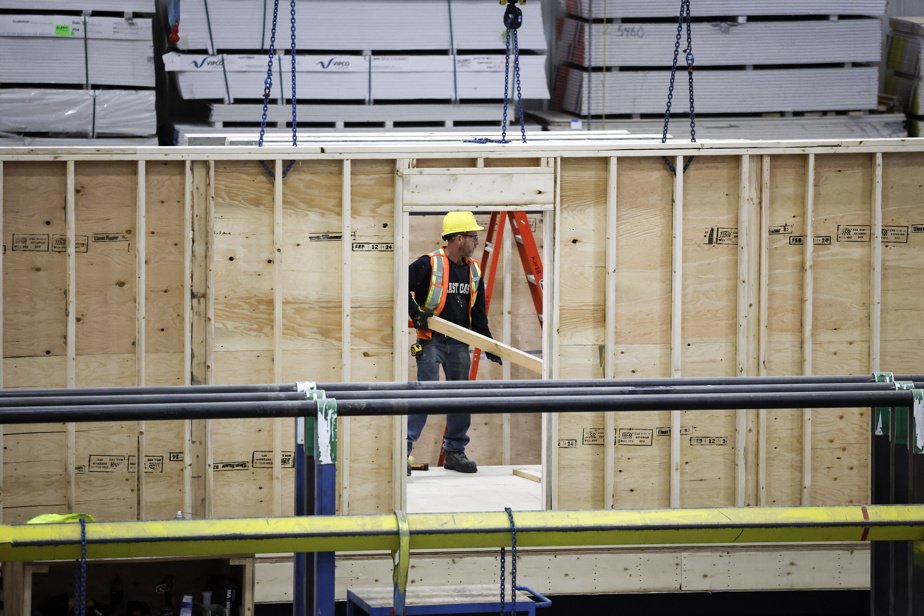Solving the labor shortage in the construction sector will be key to increasing the supply of available housing on the market, experts say, as Canada’s national housing agency continues to forecast lower levels of housing. under construction lower than demand.
According to the Canada Mortgage and Housing Corporation (CMHC), the labor shortage in the construction sector is one of three factors leading to increasingly long construction times. .
Along with larger projects and increasing costs, the agency has noticed that the number of retirements is higher than the number of new workers in this sector.
This challenge has been compounded by the pandemic, which has caused many workers to change careers or retire early.
“We knew that this was something that was going to eventually happen, but the situation has really reached a critical point, because the needs are increasing right at the moment when we are losing manpower,” underlined the director principal of infrastructure consulting at KPMG in Canada, Jordan Thomson.
The president of the Canadian Home Builders Association, Kevin Lee, for his part estimated that 22% of residential construction workers will retire over the next decade.
Although the labor shortage remains an ongoing challenge, its effects have been somewhat muted over the past year, he noted, as high borrowing costs have led to a slowdown in demand among potential home buyers in many markets.
But he warned that a rebound could lead to “more tensions”.
“Once people have the means to buy and move again, we will see that the labor shortage will become more and more critical,” underlined Mr. Lee.
Half a million workers
Canada could need more than 500,000 additional construction workers to build all the housing units it will need by 2030, according to a report from RBC deputy chief economist Robert Hogue.
The report, titled “The Great Rebuild,” projects that the pace of housing construction in Canada will need to increase by nearly half just to accommodate population growth.
It offers seven ideas to address Canada’s housing shortage, the first of which is to aggressively expand the construction sector’s labor pool.
“All options should be explored to attract more people to the sector,” said Mr. Hogue, including giving priority to new immigrants who have construction skills, setting “ambitious” targets for registrations in skilled trade schools and encouraging older workers to stay in the workforce longer.
“If we do not remedy the shortage, it will probably take more time before we can resolve our accessibility problem in the housing market,” mentioned Mr. Hogue in an interview.
“We have to build a lot more,” he recalled.
Immigration, a solution
The federal budget tabled Tuesday in Ottawa recognizes that the labor shortage contributes to “entrenched structural barriers” that hinder the increase in the supply of new housing.
The government said it would encourage more people to pursue careers in skilled trades and remove barriers to foreign credential recognition, particularly for construction workers.
Even if some strategies are oriented towards the long term, prioritizing immigrants with training in a specialized trade could give a faster boost to the sector, according to the president of the Canadian Construction Association, Mary Van Buren.
Currently, skilled trades workers represent approximately 2% of new Canadians. Although some measures have been taken to correct this imbalance, Mme Van Buren believes the points system Canada uses to evaluate immigration applications still favors applicants with higher education.
“You cannot train a carpenter, a crane operator or a project estimator overnight,” she illustrated.
Finding solutions is essential not only because of the immediate need, but also to help Canada compete with other countries for skilled trades workers, since many of them are also looking for workers to settle similar problems.
